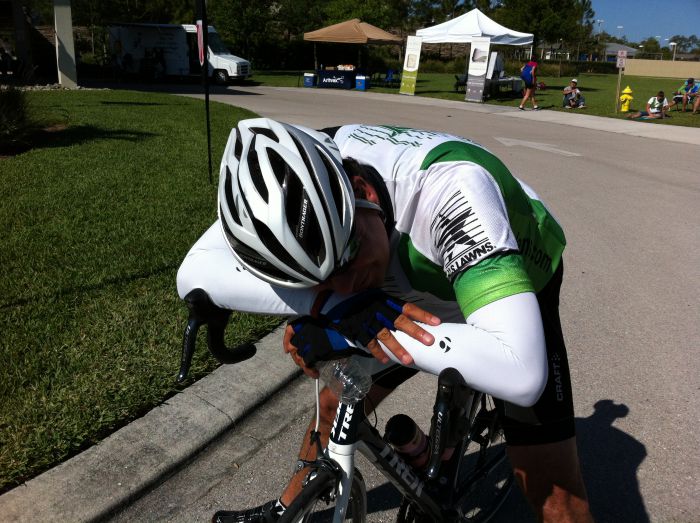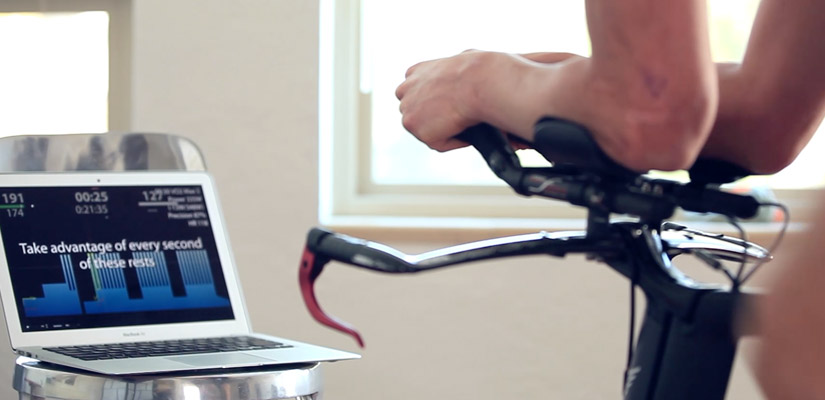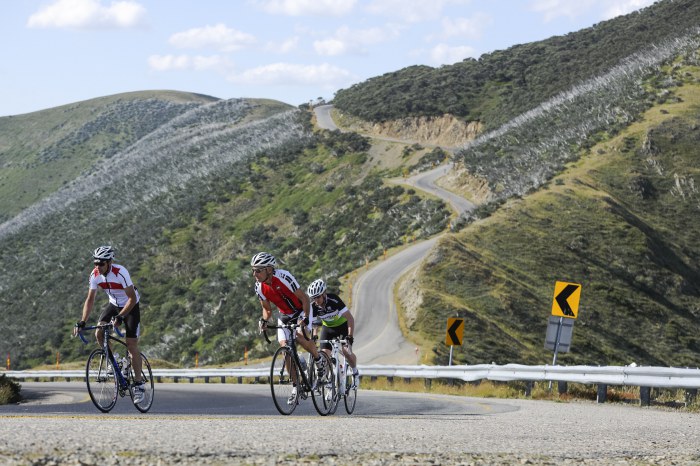Your heart pounds, your palms are getting sweaty. The strange thing is that you are not even on your bike. You are sitting at your desk daydreaming. Or you might be laying in bed at night and staring blankly at a newspaper in front of you. In each instance you are scheming how you will win the big race. And in each instance you feel a physiological response to the images in your mind. Visualizing and mental training for cycling is a powerful tool to prepare your mind for the task ahead. Cycling is mostly mental as its your brain that’s telling your body what to do. Preparing every aspect of yourself for a race will help you to achieve maximum results.
See Your Success
There is a connection between your mental preparedness and physical success. By visualizing critical moments in a race and how you will react to them, you are visualizing and mentally training an important component of your cycling repertoire. While a race will often not play out exactly as you had envisioned it, it is still important to see yourself succeeding, making the winning attack, reacting to the big attack, dropping everyone on the big climb or taking the best lines in a time trial. Your brain will have felt the feeling once before so it then knows how to react in the critical moment.
Clinical Trials
There have been many clinical trials on visualizing and mental training in sports. A few are cycling specific, but there are lessons for cyclists in all of them. Most come to the conclusion that the brain thrives on envisioning physical tasks that are then put into practice with great success.
There is some great stuff from David Henderson’s Blog on some studies with athletes and their performances. One study broke down mental training versus physical training with Soviet Olympic athletes to find that the a 75%/25% mental to physical training yielded the best results. That’s quite surprising considering how much time athletes put into physical training. Another study showed on electromyography scans that the brain does not differentiate between visualization and physical training; if you see it in your mind your brain thinks it is doing the action. There is a payoff to daydreaming about your push to success.
Start Small
Practice visualizing and mental training with a segment of road that you already know. See it in your mind. Take the best lines through the segment. Put the power down where you really require it and recover when it is possible. Imagine yourself going faster than you ever have before on this familiar road . Then go out and ride that road. Did you feel the difference?
Time Trial as Laboratory
In a time trial, there are far fewer variables than a road race. It is rider versus the road and clock. It is also a perfect place to hone your visualizing and mental training skills. Pre-ride or drive the course so you are familiar with the turns and undulations. If you have a day or two to ponder it before the actual race, all the better. Take some quiet time to rehearse the race in your mind – again, taking the best lines, putting the power down and recovering in the appropriate sections. With the other racers removed from the equation, you only have to rely on your mind and the positive thoughts you put in place to ride a great race.
Mass Start Races
It takes some mental flexibility to visualize what is going to happen in a mass start race. Break the course into important segments – a tough climb, a tricky technical section, the finishing sprint – and imagine what it will be like in the thick of the race. Remember that you have to stay alert to the other racers around you; you may have to alter plans based on them. It is important to stay calm in that situation and rethink what the best course of action is at that given moment. It may even be helpful to visualize a situation that does not go your way which you then overcome – maybe a crash in front of you that you avoid or a field split that you must jump across. It will prepare your mind for unseen adversity.
Avoid Negative Thoughts
Keeping your thoughts positive will aid your visualizing and mental training. You do not want to envision failure; it will only lead to actual failure. Make an effort to keep your thoughts positive at all times to allow your visualizing and mental training to flourish. Look at adversity as an opportunity to overcome. Remember that if you are suffering, so is everyone else. That is a great time to put in the winning move. See the perfect race in your head, all the details, and how you execute everything perfectly.
How Often Visualizing and Mental Training Should Be A Part Of Your Preparation
There is a balancing point in visualizing and mental training for cycling as if you are constantly thinking about a race, it becomes a stressor and something you worry about. In the days leading into a race, take the time once or twice a day to visualize the race. Do it for anywhere from one to ten minutes. Some top-level athletes my say to do it even longer but once you are done thinking about it, stop thinking about it, especially if you are laying in bed trying to go to sleep.
Sleep!
The brain is a very powerful but also very energy intensive organ. Just like your muscles need recovery, so does the brain. This happens during sleep when the brain makes sense of what it experienced the previous day and rests active centers that it used during the day. A fresh and recovered brain in the morning will be ready to tackle the day’s challenges ahead – training sessions, visualization, racing, and everything else that comes your way.
Make the Effort
Cyclists put a lot of time and money into equipment and physiological training, but there are great gains available with mental training. Drawing a positive image of competition will allow you to reach and break barriers that were unimaginable before you started visualizing and mental training.



